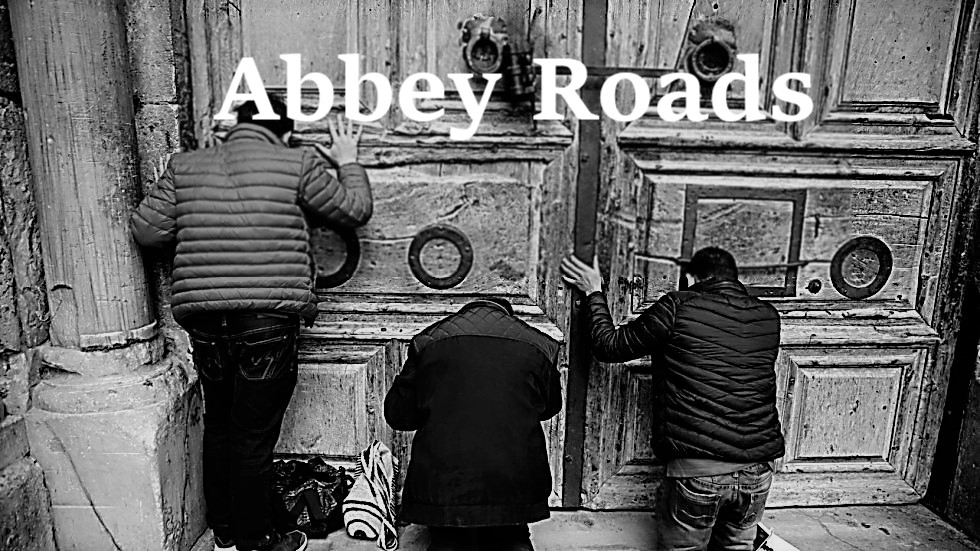Chaplain Fr. Josef Perau
distributes Communion
to Nazi soldiers.
The chaplains officially held the rank of Major within the Wehrmacht and were clothed as such. They did not, however, wear epaulets as other officers did, but they did wear an armband with a purple stripe in between two white stripes on which a red cross was placed. In addition to this, they also wore a cross, plain metal for Protestants and wooden with a corpus Christi for the Catholics. They also wore a pistol on the hip, which they were allowed to use for self-defense and for the defense of the wounded, but not in offensive actions, as per the sections of the Geneva Convention pertaining to health workers. The chaplains were often uncomfortable with these uniforms, owing to their similarity with those of the SS. While the supervision of each chaplain was undoubtedly different, the Church encouraged chaplains to speak along certain lines. Specifically, they were advised to "keep it short and simple" doctrinally. Topics such as the Bolshevik threat and "the avoidance of sexual adventure" were encouraged, but "no word about anti-Semitism or about conflicts between command and conscience" was to be spoken.
The Nazi state's relationship to the churches within Germany was oppressive, not friendly. The government and Party both strove to change society in ways that were destructive to the Church. Controlling the chaplaincy was important for both sides, so it was highly regulated. - Source


Yeah, the whole thing was fraught with moral dilemmas. Even though the Nazis were enemies of the Church, Catholic men were often encouraged to fight in the Wehrmacht (regular army) out of duty to country as such, especially after Germany was at war with the Bolsheviks and especially after the USSR was winning (and for Germany, 4/5 of the war was against them, not the Western Allies). Even Cardinal von Galen grudgingly encouraged this, and he was murdered by the Nazis.
ReplyDeleteThis blows my mind - they sent Catholic priests to concentration camps but also had them as chaplains in the army.
ReplyDeleteA difficult, if not impossible position to be in. I have immense respect for chaplains. They serve men who are put in the most unnatural and perilous positions. The Nazis hated the Church especially the RC Church but the Protestant as well. I recently read the book "A Church of Spies, that addresses Pius XII's vigorous effort to undermine the Reich. At the same time Nazi membership was not extensive unless a person wanted a government position. The Armed Forces were long established with traditions, internal structures and procedures that preceded Hitler and his Natzis. I believe most soldiers and sailors thought they were fighting for family and homeland. I am glad they had access to a priest or minister and received the grace that came from that opportunity.
ReplyDeleteActually the Wehrmacht, which still committed its share of atrocities on the whole, was one of the least Nazified sectors of the state; Hitler never achieved te same level of totalitarian control as Stalin did after the Purges of the 1930s.
Delete